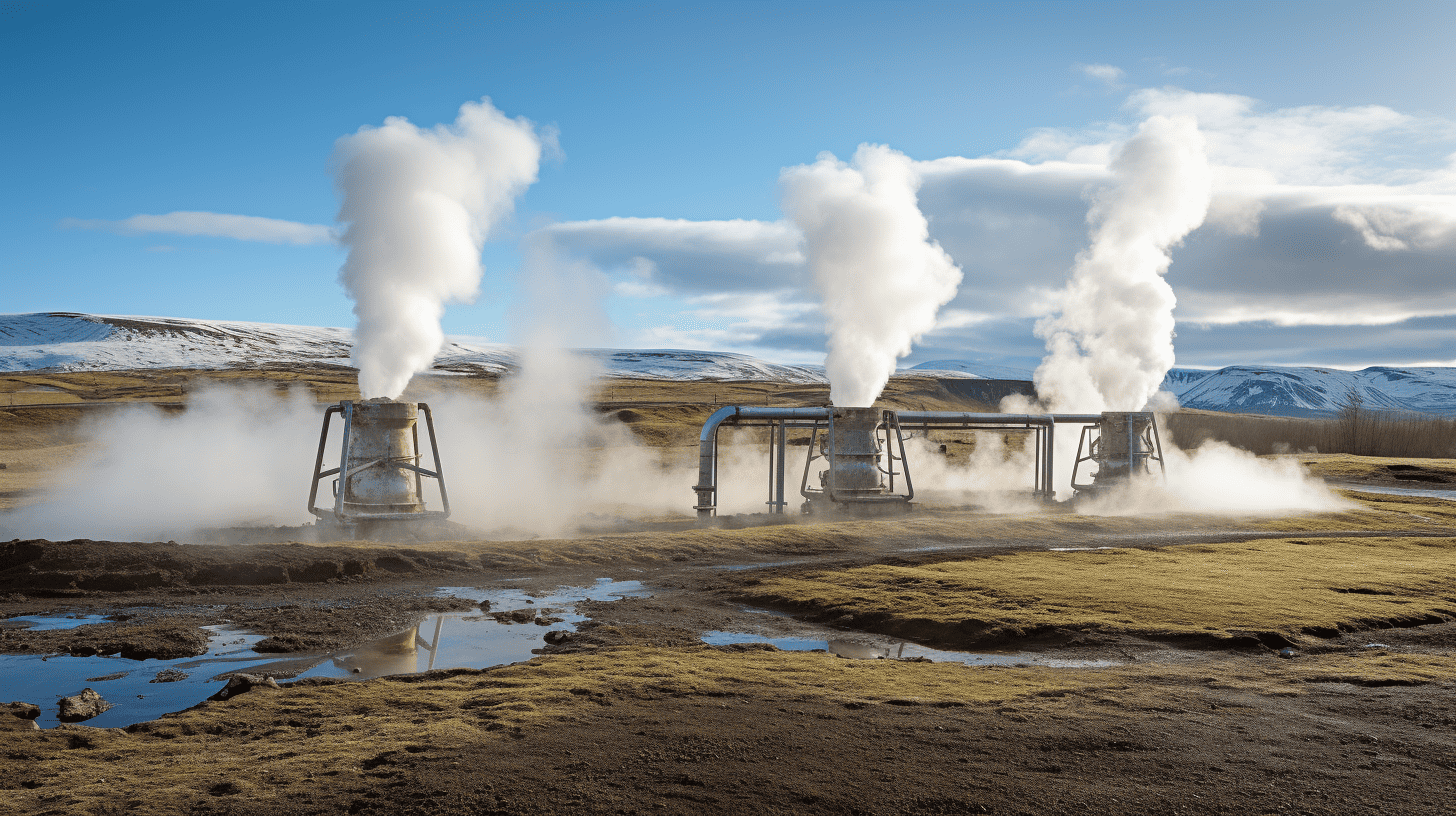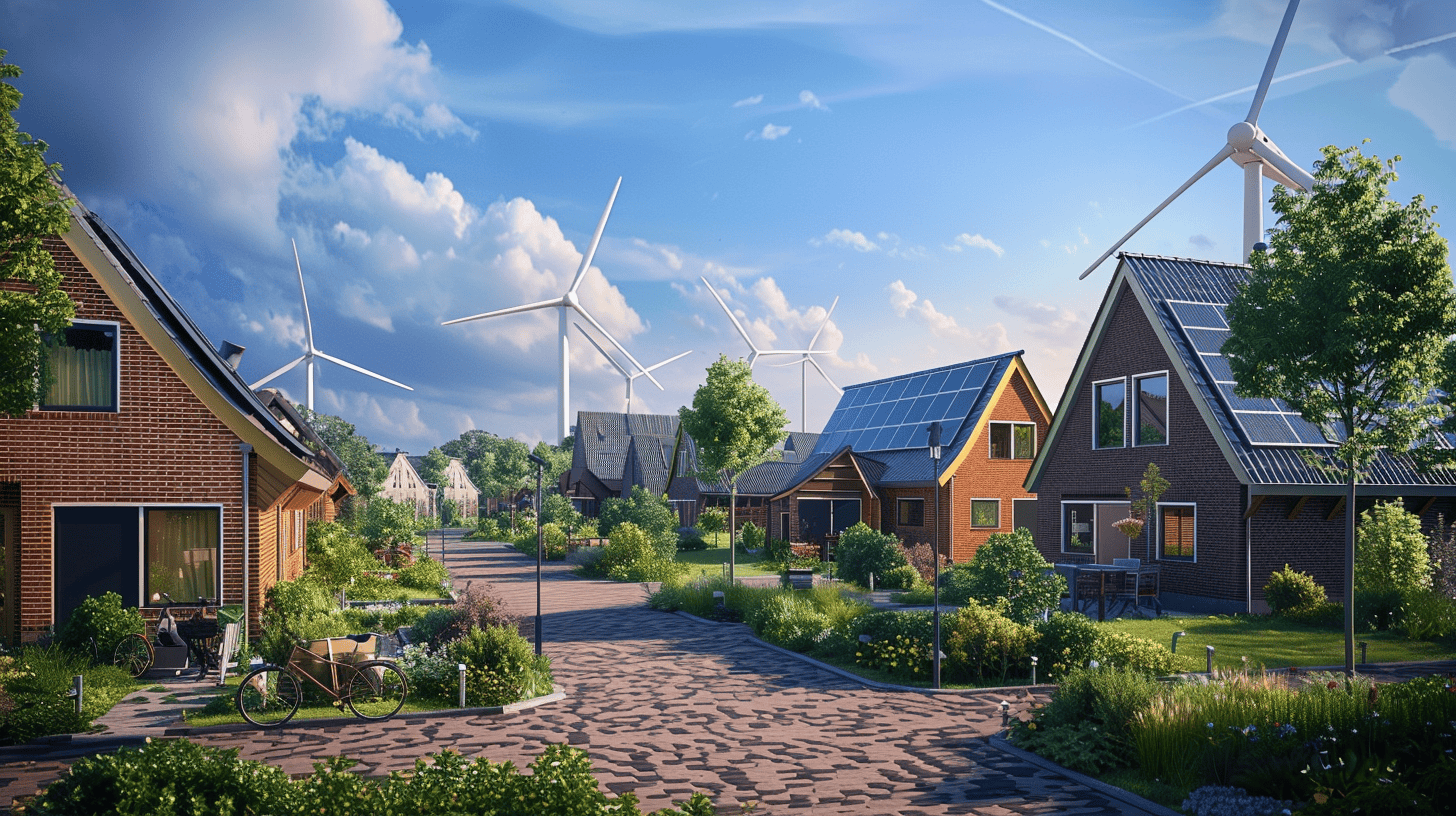
Where are the heat islands in Dutch inner cities? This question is what this cartography series seeks to answer. In the meantime, more than twenty inner cities have been covered, the remaining spots are starting to dwindle and we have now reached episode eight. Even though we will be featuring a number of unusual cities and heat islands over the next few weeks, this series is now well over the half-way mark. This episode highlights three cities that are a stone’s throw away from a large natural source of cooling: the delta area of the rivers in the Drechtsteden, the Veluwe forest near Apeldoorn and the North Sea west of Alkmaar.

Do these three have less to worry about when it comes to heat islands in built-up areas? That’s what we’re about to find out by looking at the ECOSTRESS data from Saturday, August 13. Because it may have been above 30ºC (almost) everywhere in the Netherlands at one-and -a-half meters above the ground surface at the Royal Netherlands Meteorological Institute (KNMI) measuring stations. On ground surface in cities this could be as much as fifteen or even twenty degrees Celsius higher. Is this also the case with this unique fork in the water at the southernmost tip of South Holland?

Dordrecht, Zwijndrecht and Papendrecht
This map does not just show the Drierivierenpunt – the delta area where the rivers converge. A very short distance from each other, three inner cities – and three different municipalities – can also be seen here: Dordrecht, Zwijndrecht and Papendrecht. In any case, the largest of this trio seems to have the city center situation best under control with several cooler temperature readings of 35 C°-36 C° in the Nieuwe Haven area along the Oude Maas River. The hottest location in the city center is found around the intersection of the Sarisgang and Vriesestraat hitting 45.2ºC. High, but compared to many other market squares and shopping areas, not a notably high temperature.
This is a different story on the other side of the Oude Maas in the city center of Zwijndrecht. With ground surface temperatures soaring to 48ºC, Walburg shopping center could be described as a fairly substantial heat magnet. The small town center of Papendrecht and the adjacent business park also seemed to heat up several degrees warmer during the hot Saturday afternoon of August 13. Did any residential areas also stand out? Not really. These all sat between 42 ºC and 44 ºC, i.e.: fairly average.
Oddly enough, for a change, the coolest place on this map is not a city park nor a recreational beach. While the parks remain several degrees cooler than the surrounding neighborhoods, none come close to the Nieuwe Haven in Dordrecht. What would you need greenery for when you are surrounded by the refreshing river waters? The next city in this episode has no wide rivers, but it is adjacent to the Veluwe National Park.

Apeldoorn
A most remarkable case with huge contrasts between the forest and the city, that is what typifies the heat stress map of Apeldoorn. That the densely wooded Veluwe forest provides quite a bit of cooling on the ground should not come as much of a surprise. In fact, this has been well-known for centuries to the members of the Royal Family who enjoyed spending time at the former Loo Palace during the summer months.
By the way, you won’t find King Gorilla here anymore. For that, you will have to head a little further south to the Apenheul monkey reserve which also clearly benefits from the refreshing Veluwe forest. This also holds true for the Berg & Bos villa district, where it was up to 15 ºC less hot among the trees than elsewhere in the city.
For those who might now think that Apeldoorn is an oasis in a desert will be sorely mistaken. On the contrary, the city center bears the distinct characteristics of an expansive heat island where the mercury rises to fifty ºC on the ground surface. Of course, such values are not very strange in a business park, furniture boulevard or industrial zone, but in Apeldoorn the largest heat island can be found in a place where you definitely do not want – or expect – to find it: the city center.
The highest peak of 48.5 ºC is found around the Orangerie shopping center and the Hoofdstraat. But in truth, the entire city center can be designated as one big sweaty area, where the paving stones never stay below 45 ºC anywhere. For a long time, the city center of Enschede stood at a solitary height on the hot spot list. However, Apeldoorn manages to get pretty close to this and seems to suffer from a serious form of heat stress.
It was only at the residential boulevard on the Vlijtseweg in the far northeast that the ground thermometer ticked up a tenth of a degree.

Alkmaar
Beach lovers certainly won’t need a separate heat stress map here. As yes, it is still really nice to spend time at the beach here on summery August days. You can see this clearly on the heat stress map of Alkmaar, which has been expanded westward in order to also compare various areas outside the built-up areas. For example, the light-colored fields warm up several degrees more than the surrounding grasslands, while conditions in the sand dunes tend to rise considerably more inland.
At the warmest spot, it reached 48.5 ºC on the ground Saturday afternoon, August 13. In other words, a natural heat island. This red-hot score is unmatched within the built-up area. Yet this in no way means that the center of Alkmaar is top of the class. On the contrary…
With ground temperatures rising to a whopping 47.6 ºC around the Markt and Koningsstraat, Alkmaar comes in as the new number four on the national hot spot list. An important difference from Apeldoorn, however, is that here the ‘oil slick’ of extremely high temperatures is limited to a few streets. This was not the case in Apeldoorn, Enschede and Groningen. By contrast, the southwestern part of the city center is not too bad in terms of heat.
Substantial contrasts within a short distance of each other in Alkmaar. The conditions in the residential neighborhoods also appear to differ considerably. For example, the paving stones of Spoorbuurt and Emmakwartier are considerably warmer than those of De Hoef or Oudorp. A dip in the North Sea seems to be the best remedy against heat stress that, with water temperatures of about 21 ºC-22 °C, was the lowest in all of the Netherlands last month.
Just make sure you actually venture into the sea and don’t get stuck wandering the sweltering streets of Egmond aan Zee. Because even here, there is within the built-up area a modest, but noticeable, heat island.
Hot spots in the Netherlands
None of the three cities that are featured today can call themselves middle-of-the-road performers in the hot spot rankings of the Netherlands. Dordrecht appears to be reasonably resistant to summer weather. Only the hottest spots in the inner cities of Amersfoort, Zwolle, Den Bosch and Maastricht were less hot on August 13, according to the figures from NASA.
In turn, the inner cities of Apeldoorn and Alkmaar were actually among the problem cases and can be found at the bottom of the list. They could use an extra city park or a wider canal in the center here.
Nonetheless, the other list of rankings featuring the highest temperature spikes outside of city centers remains unchanged since episode 8.








